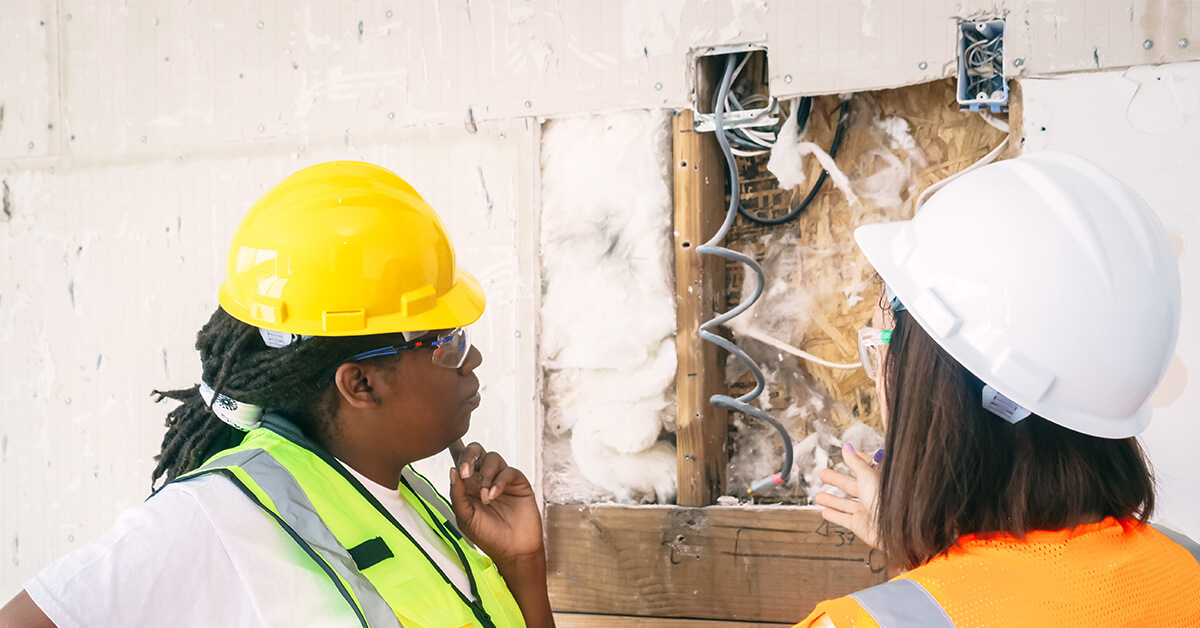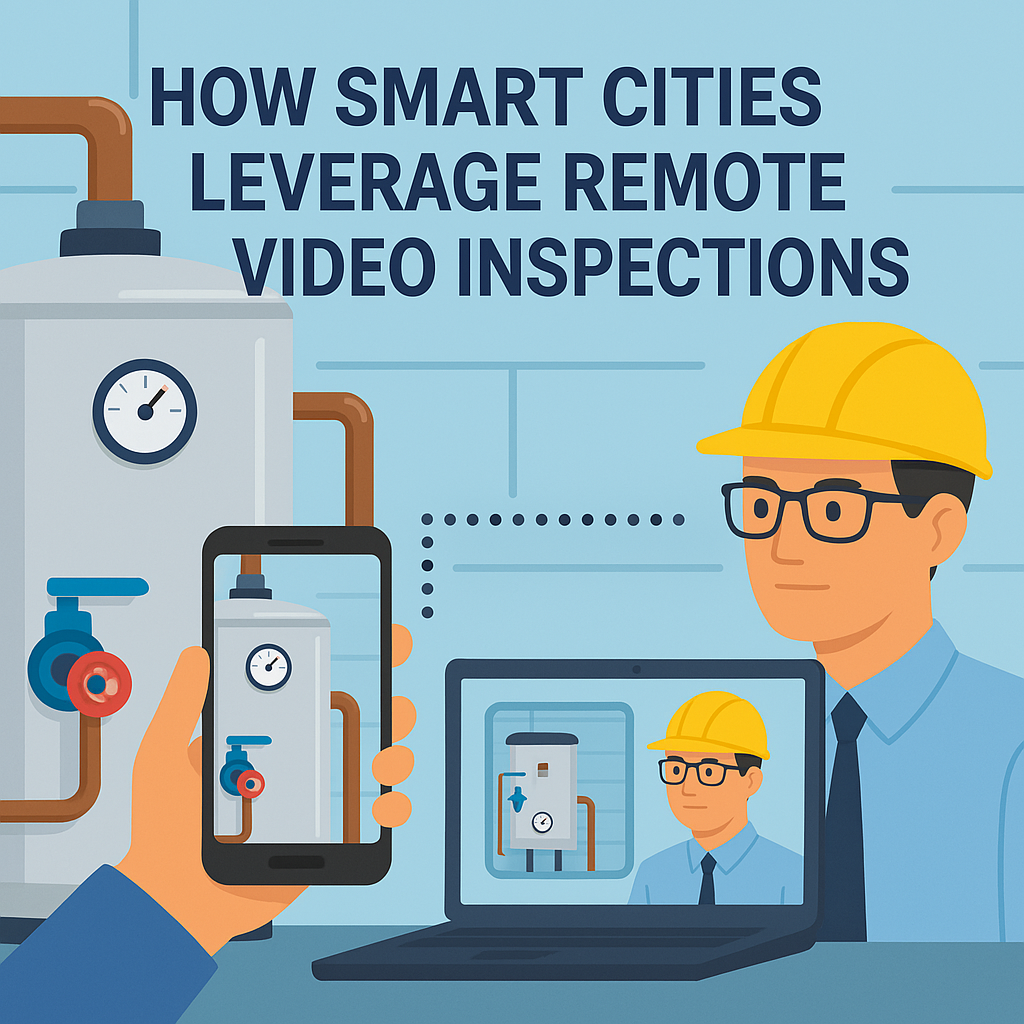Are Your Best Inspectors Getting Ready to Retire? This Tool Can Help
Labor shortage headlines are common in nearly every industry today, but for building code professionals and other skilled construction workers, they aren’t news. As long ago as 2017, a survey sounded the alarm about a looming wave of retirement among building inspectors and other building code professionals.
Specifically: 80 percent of those in the industry had plans to retire in the next 15 years, and 30 percent planned to retire in the next five. We’re now four years out from that survey, and a global pandemic has pushed people from across industries into early retirement.
With fewer and fewer people to do the work of building inspection, construction firms will find that their projects get delayed – even beyond what they’re seeing currently for materials shortages.
The good news: video inspection technology can help you fill the gap. Here’s a look at how.
How Video Inspection Technology Works
To understand how remote video inspection software can help solve the building inspector shortage, you have to first understand how the software works:
- The expert inspector is at a computer, phone, or tablet with internet access.
- At the agreed-on time, they send an SMS link to the on-site technician.
- The technician clicks the link to launch a video call – no downloads or logins required.
- The inspector guides the technician to move the camera as needed. From their screen, they zoom in, take time-, date-, and geo-stamped photos, extract text (like serial numbers), geo-tag locations, make notes, and otherwise engage with the location, building, or equipment as needed.
- The inspector can bring in additional subject-matter experts or supervisors virtually, as needed.
- The platform records the call so that the inspector has a record of it, as required.
At the end of the call, the inspector can issue a pass or explain what needs to happen for the equipment, building, or location to pass. This saves tremendous time; if a follow-up inspection is necessary, the inspector can perform it as soon as the updates have been made, rather than trying to fit it into their schedule.
The downstream effect on construction timelines can be significant.
It’s also important to note that the functionalities listed above are not available on video-conferencing software designed to replicate office meetings. They were designed specifically for the work of conducting remote inspections and audits.
Retaining Retiring or Injured Employees as Remote SMEs
With a purpose-built tool that lets inspectors work from anywhere, building inspectors approaching retirement suddenly have a new incentive to work a bit longer.
Envision this scenario: rather than retiring outright, an inspector agrees to work 15 hours per week from wherever they have internet access. In this time, they’re able to complete nearly as many inspections as they could in a 40-hour week, thanks to the elimination of drive time. That can be huge, especially for larger firms that have projects spread over a larger geographic area.
The inspector is able to continue earning income for a fraction of the effort and their employer is able to keep more projects on deadline.
Another common scenario: an inspector becomes injured and is unable to go to job sites and perform inspections in person. Again, the video inspection tool lets them continue working.
In other words, video inspection software offers a win-win – and it can also help train the next generation of building inspectors.
Training New Employees via Supported Video Inspections
In education, there’s a teaching strategy called “I Do, We Do, You Do” that helps students learn by watching, collaborating, and then performing a new skill independently.
Leaders with an eye on training the next crop of building inspectors could leverage video inspection software to empower that kind of learning among field technicians.
For example, to retain a would-be retiree, a manager might offer them not only the opportunity to work fewer hours remotely but also a fixed bonus for every field technician they work with who earns building inspector certification.
In this setup, the use of video inspection tools isn’t just a way of delaying the pain of eventual inspector retirement; they become part of the path toward a pipeline of qualified employees.
Use Video Inspection Tech to Retain Inspectors and Upskill Skilled Construction Workers
When the construction industry shut down at the start of the pandemic, it lost about one million workers. As of this summer, it had only recovered about 80 percent of them.
The worker shortage extends beyond the role of building inspectors and it won’t be solved by a single app. But the reality is that construction firms need to do everything they can right now to find enough workers to meet the demand for new buildings.
Blitzz, which is custom-built for remote inspections, can be a straightforward part of the solution in nearly any construction firm. If you’re interested in how it can help you with your employment shortage, get in touch today for a demo.



.jpg)